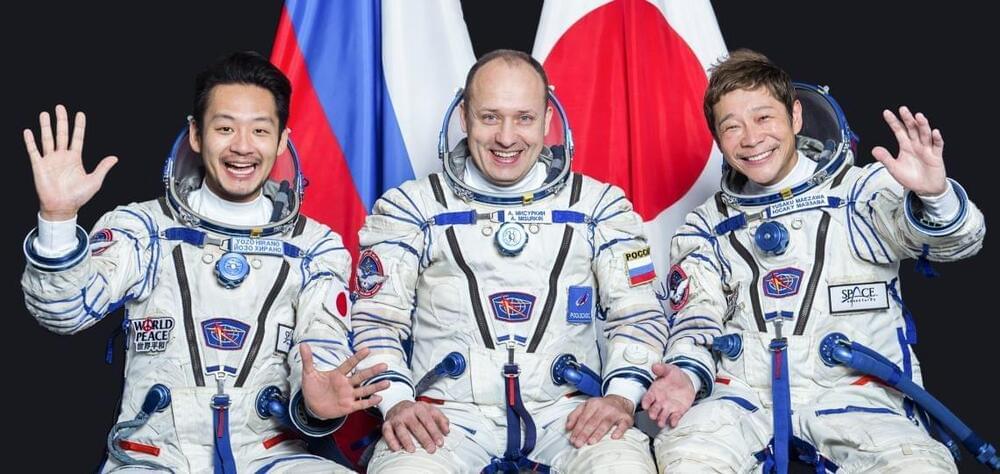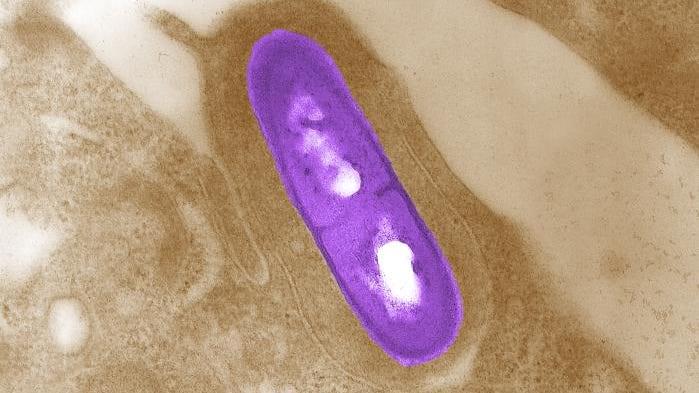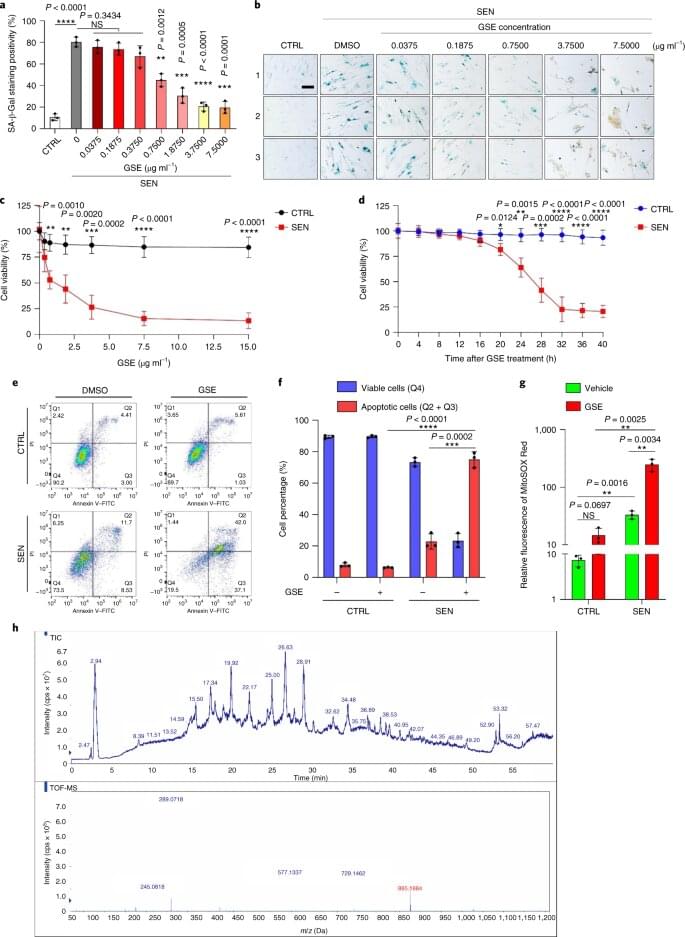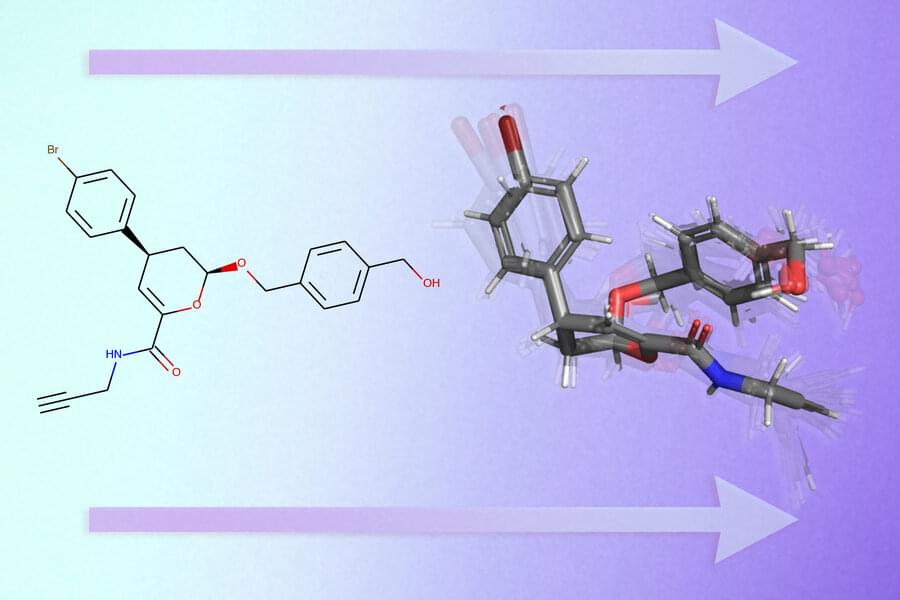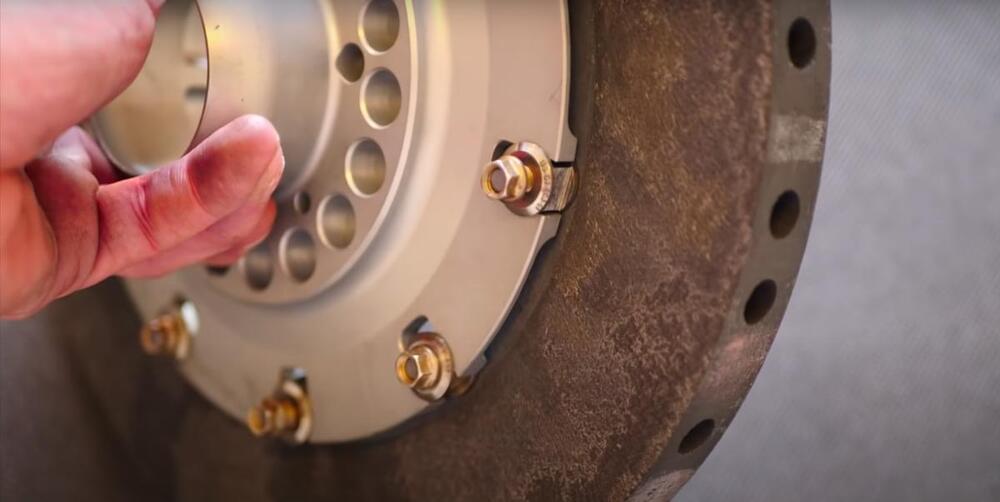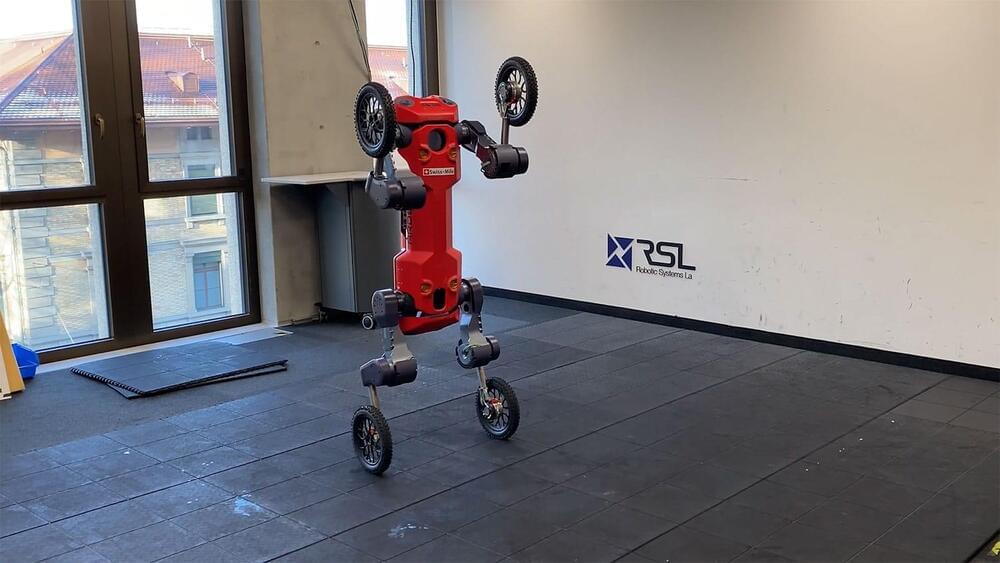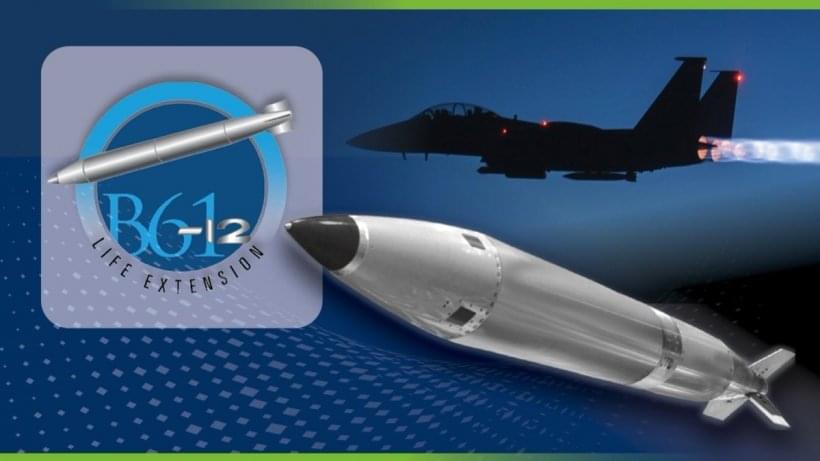One way or another, most phone calls these days involve the internet. Cybersecurity experts say that makes us vulnerable in ways we might not realize.
Liftoff is scheduled for 2:38 a.m. EST (0738 GMT) on Wednesday.
Two space tourists will launch toward the International Space Station on Wednesday (Dec. 8), and you can watch the action live.
A Russian Soyuz rocket carrying Japanese billionaire Yusaku Maezawa, video producer Yozo Hirano and cosmonaut Alexander Misurkin is set to launch at 2:38 a.m. EST (0738 GMT or 1:38 p.m. local time) Wednesday from Baikonur Cosmodrome in Kazakhstan.
Check your refrigerator for fully cooked ham and pepperoni products from Alexander & Hornung. The Michigan-based company is recalling the products because of possible exposure to Listeria monocytogenes.
The recall was announced Sunday by the U.S. Department of Agriculture’s (USDA) Food Safety and Inspection Service (FSIS).
Alexander & Hornung, which is also a unit of Perdue Premium Meat Co., Inc., said it has voluntarily recalled 234,391 pounds of 17 processed meat products.
A team of researchers affiliated with a host of institutions in China and the U.S. has found that injecting procyanidin C1 (PCC1), a chemical found in grape seed extract, into older mice extended their lifespan. In their paper published in the journal Nature Metabolism, the group describes the link between PCC1 and extended lifespan in mice and the experiments they carried out with the material.
Scientists have been trying for many years to understand the aging process. The hope is that once it is understood, mitigation efforts can slow or stop the process to allow people to live longer or to live in a more healthy way as they age. In this new effort, the researchers screened 46 plant extracts looking for anti-aging capabilities. They came across PCC1. Initial tests during screening showed it reduced the number of senescent cells in the human prostate. Such cells are known to contribute to aging. Intrigued with their results, the researchers tested it further. They found that at low doses it prevented senescent cells from contributing to inflammation, and at higher doses killed them outright without harming other cells.
The team then injected 171 mice with PCC1, 91 of whom were considered to be old. They found that this increased the overall lifespan of the mice by 9 percent and their remaining lifespans by 60 percent, on average. The researchers also injected younger mice with the extract chemical over a period of four months and found it improved their physical fitness. They then injected mice that had cancerous tumors with the chemical and found that doing so helped to shrink tumors when given in conjunction with chemotherapy. They also found it did the same with human tumor cells implanted into mice.
In their quest to discover effective new medicines, scientists search for drug-like molecules that can attach to disease-causing proteins and change their functionality. It is crucial that they know the 3D shape of a molecule to understand how it will attach to specific surfaces of the protein.
But a single molecule can fold in thousands of different ways, so solving that puzzle experimentally is a time consuming and expensive process akin to searching for a needle in a molecular haystack.
MIT researchers are using machine learning to streamline this complex task. They have created a deep learning model that predicts the 3D shapes of a molecule solely based on a graph in 2D of its molecular structure. Molecules are typically represented as small graphs.
Formula 1 brakes are some of the most incredible pieces of tech on the planet. They’re able to haul a car doing over 200 mph down to walking speed in a matter of seconds, generating up to 5 g’s of force on deceleration. But how do they work? This video is a nifty explainer.
Scott Mansell of the Driver61 YouTube channel got his hands on a collection of brake system parts from an F1 car, and took the time to explain how each piece works. The first thing you’ll notice is that there’s not one, but two master cylinders. In F1 cars, there’s one for the front brakes, and one for the rear. They’re mounted on a pivoting fork that’s used to adjust brake bias, which is pretty genius.
The wild engineering behind this absurdly powerful braking system.
The robot can walk on four legs, roll on four wheels, and also stand up and balance on its rear wheels.
Warhead modernization activities ensure the U.S. nuclear weapons stockpile continues to meet military requirements while enhancing safety and security.
WASHINGTON – The U.S. Department of Energy’s National Nuclear Security Administration (NNSA) successfully completed the B61-12 Life Extension Program (LEP) First Production Unit (FPU) on November 23, 2021.
The B61-12 LEP helps modernize America’s nuclear weapons stockpile and sustain the Nation’s air delivered nuclear deterrent capability. The nuclear security enterprise, in close coordination with the U.S. Air Force, worked together to deliver the B61-12 FPU after more than nine years of design, development, qualification, and component production.

Right after the Big Bang, in the Planck epoch, the Universe occupied a space region with a radius of 1.4 × 10-13 cm – remarkably, equal to the fundamental length characterizing elementary particles. Analogue to the way nearly all cells contain the DNA information required to build the entire organism, every region the size of an elementary particle had then the energy necessary for the Universe’s creation.
As the Universe cooled down, electrons and quarks were the first to appear, the latter forming protons and neutrons, combining into nuclei in a mere matter of minutes. During its expansion, processes started happening slower and slower: it took 380,000 years for electrons to start orbiting around the nuclei, and 100 million years for hydrogen and helium to form the first stars. Even more, it wasn’t until 4.5 billion years ago that our young Earth was born, with its oceans emerging shortly after, and the first microbes to call them home for the first time. Life took over our planet in what seems, on the scale of the Universe, a sheer instant, and turned this world into its playground. There came butterflies and tricked the non-existence of natural blue pigment by creating Christmas tree-shaped nanometric structures in their wings to reflect blue’s wavelength only; fireflies and lanternfish which use the chemical reaction between oxygen and luciferin for bioluminescence; and it all goes all the way up to the butterfly effect leading to the unpredictability of the weather forecasts, commonly known as the reason why a pair of wings flapping in Brazil can lead to a typhoon in Texas. The world as we know it now developed slowly, and with the help of continuous evolution and natural selection, the first humans came to life.
Without any doubt, we are the earthly species never ceasing to surprise. We developed rationality, logic, strategic and critical thinking, yet human nature cannot be essentially defined without bringing into the equation our remarkable appetite for art and beauty. In the intricate puzzle human existence represents, this particular piece has given it valences no other known being possesses. Not all beauty is art, but many artworks both in the past, as well as today, embody some understanding of beauty.
𝐓𝐡𝐞 𝐏𝐥𝐚𝐜𝐞𝐛𝐨 𝐄𝐟𝐟𝐞𝐜𝐭 𝐚𝐧𝐝 𝐆𝐨𝐝 𝐌𝐚𝐲 𝐋𝐢𝐯𝐞 𝐢𝐧 𝐭𝐡𝐞 𝐒𝐚𝐦𝐞 𝐁𝐫𝐚𝐢𝐧 𝐑𝐞𝐠𝐢𝐨𝐧
𝘼𝙣 𝙖𝙣𝙘𝙞𝙚𝙣𝙩 𝙗𝙧𝙖𝙞𝙣𝙨𝙩𝙚𝙢 𝙧𝙚𝙜𝙞𝙤𝙣 𝙚𝙫𝙤𝙡𝙫𝙚𝙙 𝙩𝙤 𝙝𝙚𝙡𝙥 𝙪𝙨 𝙩𝙤 𝙗𝙚𝙡𝙞𝙚𝙫𝙚 𝙩𝙝𝙚 𝙪𝙣𝙗𝙚𝙡𝙞𝙚𝙫𝙖𝙗𝙡𝙚.
𝐏𝐬𝐲𝐜𝐡𝐨𝐥𝐨𝐠𝐲 𝐓𝐨𝐝𝐚𝐲:
𝙏𝙝𝙚… See more.

